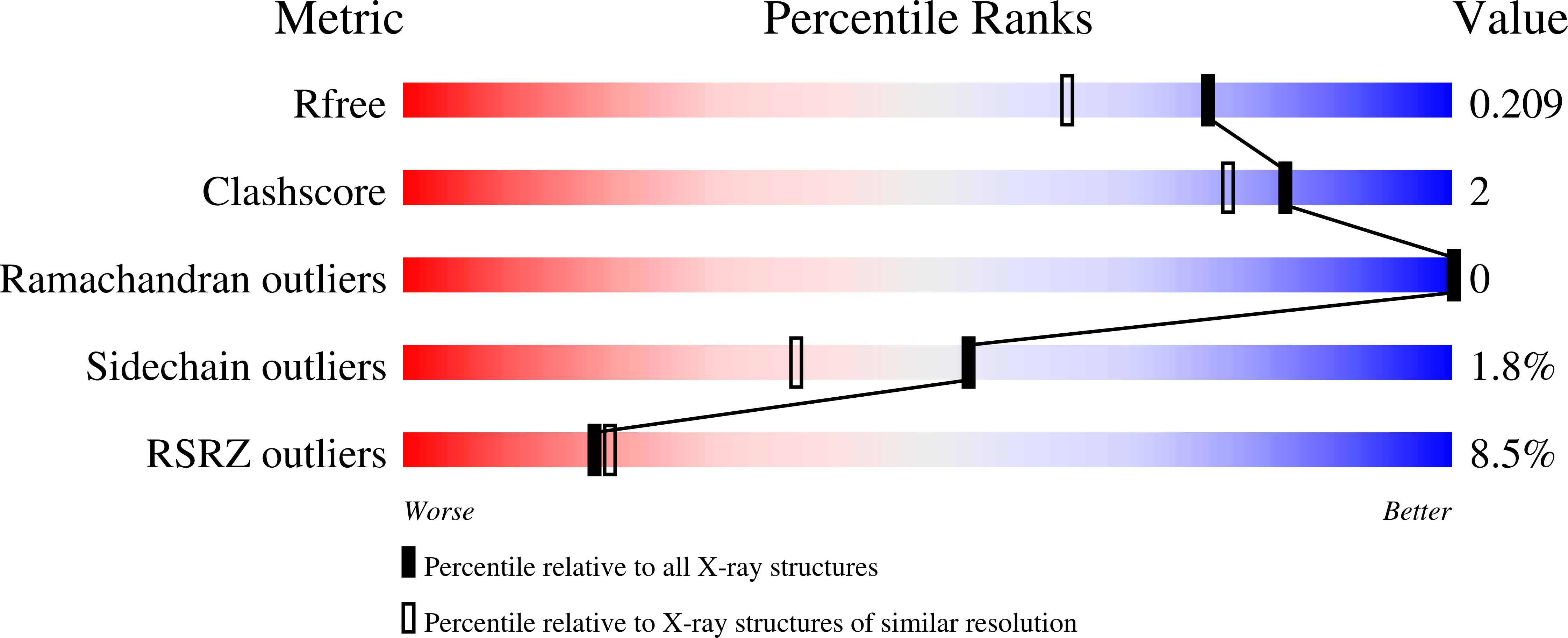
Deposition Date
2024-05-03
Release Date
2024-12-04
Last Version Date
2025-04-09
Method Details:
Experimental Method:
Resolution:
1.72 Å
R-Value Free:
0.20
R-Value Work:
0.17
R-Value Observed:
0.18
Space Group:
C 2 2 21


